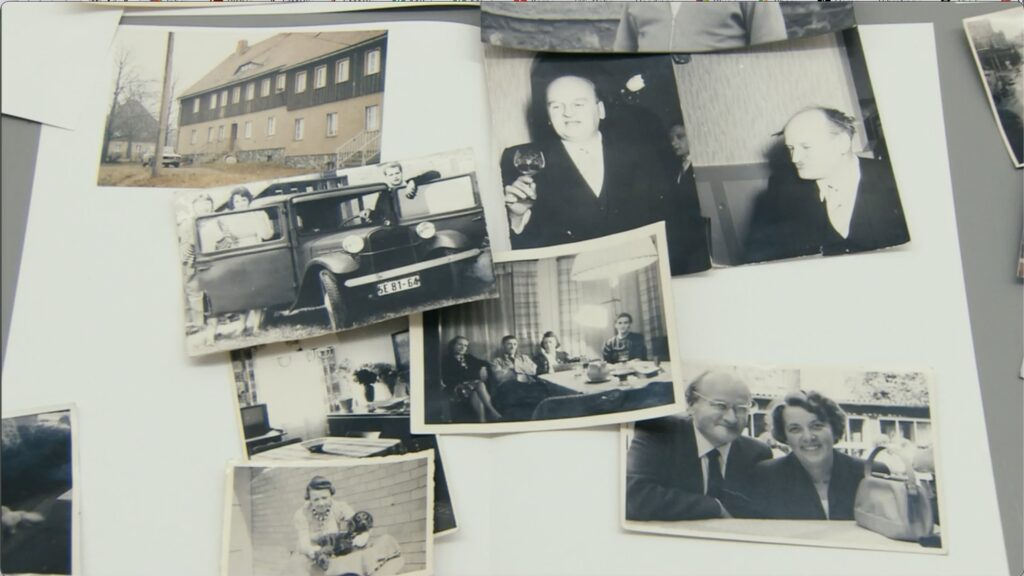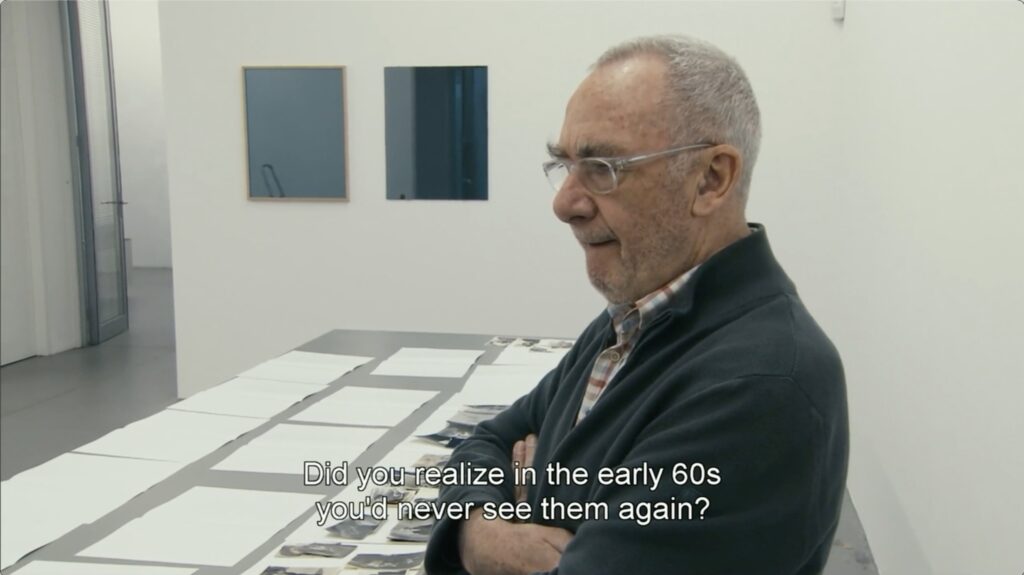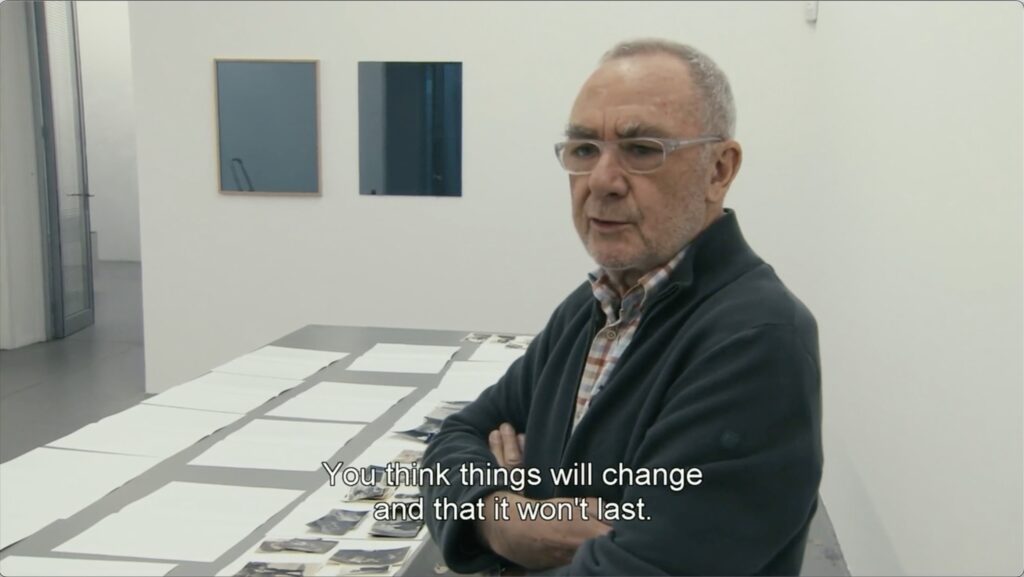I watched Corinna Belz’s documentary, Gerhard Richter Painting today, thinking that the artist hard at work in his studio would clear my head, or at least distract me.

Then I was overwhelmed anew by an exchange with Belz as Richter is sorting through stacks of old photographs. As Richter held a snapshot of his middle-aged parents, Belz asked, “You left Dresden, East Germany, in 1961. Did you ever see them again?”
“No, never.” Richter replied. “I was a recognized refugee. A certified political refugee. And it wasn’t possible. I couldn’t get a permit…a travel permit for the East.
“Not until later, 1987, when I had an exhibition there. Then, with the ambassador, suddenly everything was possible.

“But by then they were all dead.”
“Did you realize in the 60s that you would never see them again?”
“No. Absolutely not. You think things will change and it won’t last. You don’t think people will grow old and die. When you leave them, they’re young.”

I knew this was here; I’ve seen this movie dozens of times, and it inexorably changed the way I thought of Richter’s relationship to photographs, his subjects, and the arc of his entire project. A young artist becomes a refugee when his war-ravaged country splits apart, and he never sees his family again is not the Richter origin story we were used to. And Richter lost in sadness as his answers to the questions linger in his silence is not the icy master of critical detachment we’ve been taught.
But today, my ache over the career of this artist built on personal trauma that unfurled across the shifting fascist and imperial politics of the 20th century was overshadowed by my dread of the future. Because part of my processing today involved replaying with unwanted, fresh intensity the idea of leaving, of fleeing.
The questions of where? when? how? land differently than they did even yesterday. But at least I asked them. Am I ready to never see my parents again? wasn’t even a question I’d thought of. Neither, it turns out, did Richter.
